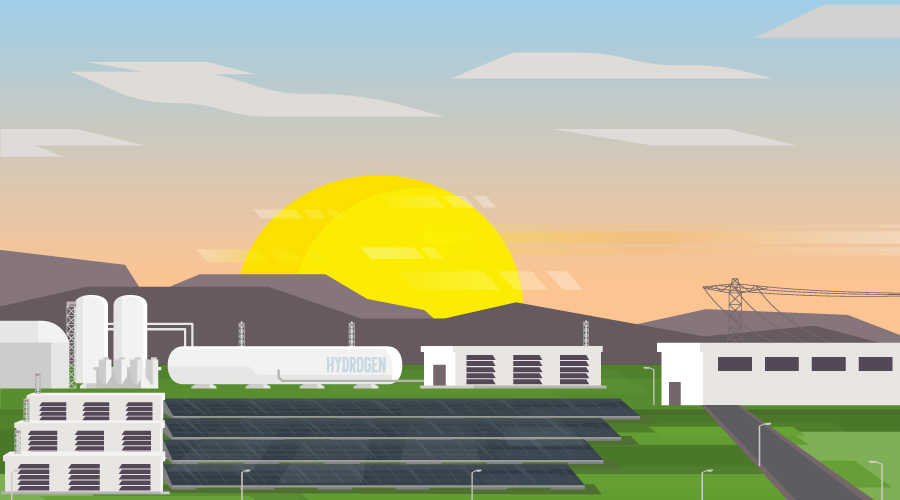Facility Energy Efficiency Efforts Start With Data
When getting underway with an efficiency initiative, remember that the starting point for any energy efficiency effort is data. After all, how do you know you're saving energy if you don't have anything to compare your usage to? After your energy usage data is compiled, then you can start exploring ways to cut down on that usage.
If you have multiple facilities that you're responsible for, "follow the money," to figure out where to start first, says Robertson.
"Look at the outliers," he says. "Look at both tails of the distribution and ask yourself, 'Why is this building using so much energy, and why is this building at the other end of the extreme using so little?'"
Benchmarking your facility against others is a good way to see where or if you're underperforming. Just remember that the important thing is to use the data the right way and avoid rationalizing the numbers, says Don King, vice president, facilities operations, Kaiser Permanente.
The natural reaction, he says, is "If I don't like the numbers that I'm seeing on a comparative basis, I'm going to explain to you the difference in my organization and why we're not so bad after all."
Instead of doing that, use the data of how comparable buildings perform as a motivational tool. While it's not a competition between buildings, being able to show improvement over time or a connection to savings helps provide a strong selling point when you need to stress the importance of sticking to an operations plan or launch a new efficiency program.
"Even though the energy piece might difficult to reach out and grasp, everybody understands cost savings," says Jeff Keyak, senior energy consultant, Kaiser Permanente. "So if we can reduce our bottom line, whether it's the one next door or the one down the street, that's what counts."
Reducing the bottom line is critical, because budgets are still tight, which means it's harder than ever to free up initial funding for projects or initiatives. Which leads to a conundrum: You can't start a project without success in previous projects, which you may not have been able to get off the ground due to a lack of funding. One way around that is to be prepared to do projects with a quick payback right away when the budget year starts.
"If it's less than a one-year simple payback, even if you don't have it budgeted, you can still do it, because — as long as you do it at the beginning of the year — you're going to end up saving as much or more than you spent in that year, which means you'll still be on budget," says Walraven.
Most projects, however, will require longer than a one-year payback, so being able to get them off the ground will probably require some previous success in saving energy and money. But, by exploring some of the easier things like nighttime walk-throughs and building machinery schedules, you can not only save energy, but help build a compelling case for funding to tackle more complex challenges.
Related Topics:














